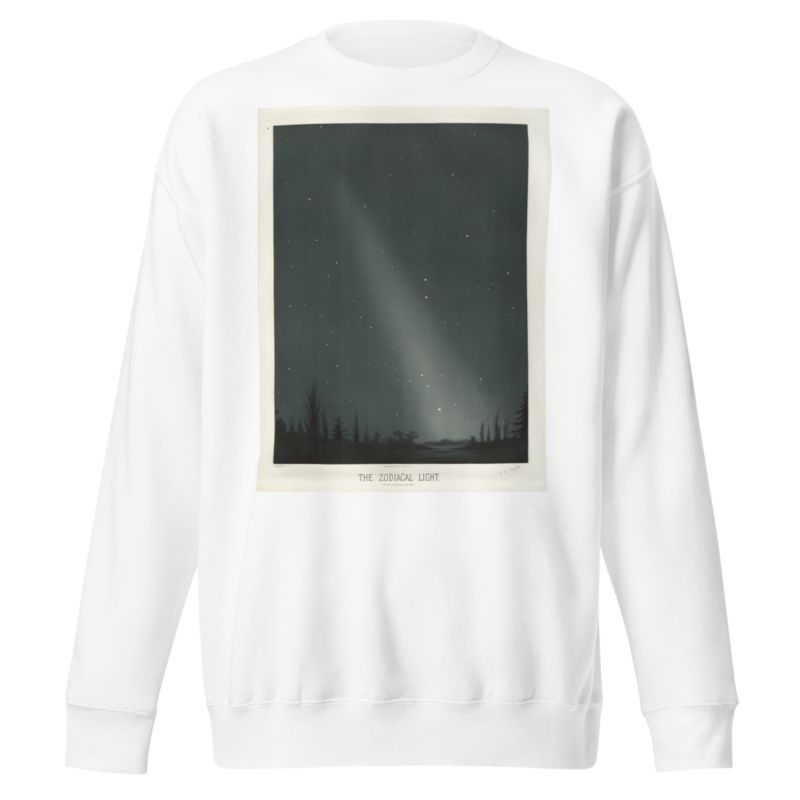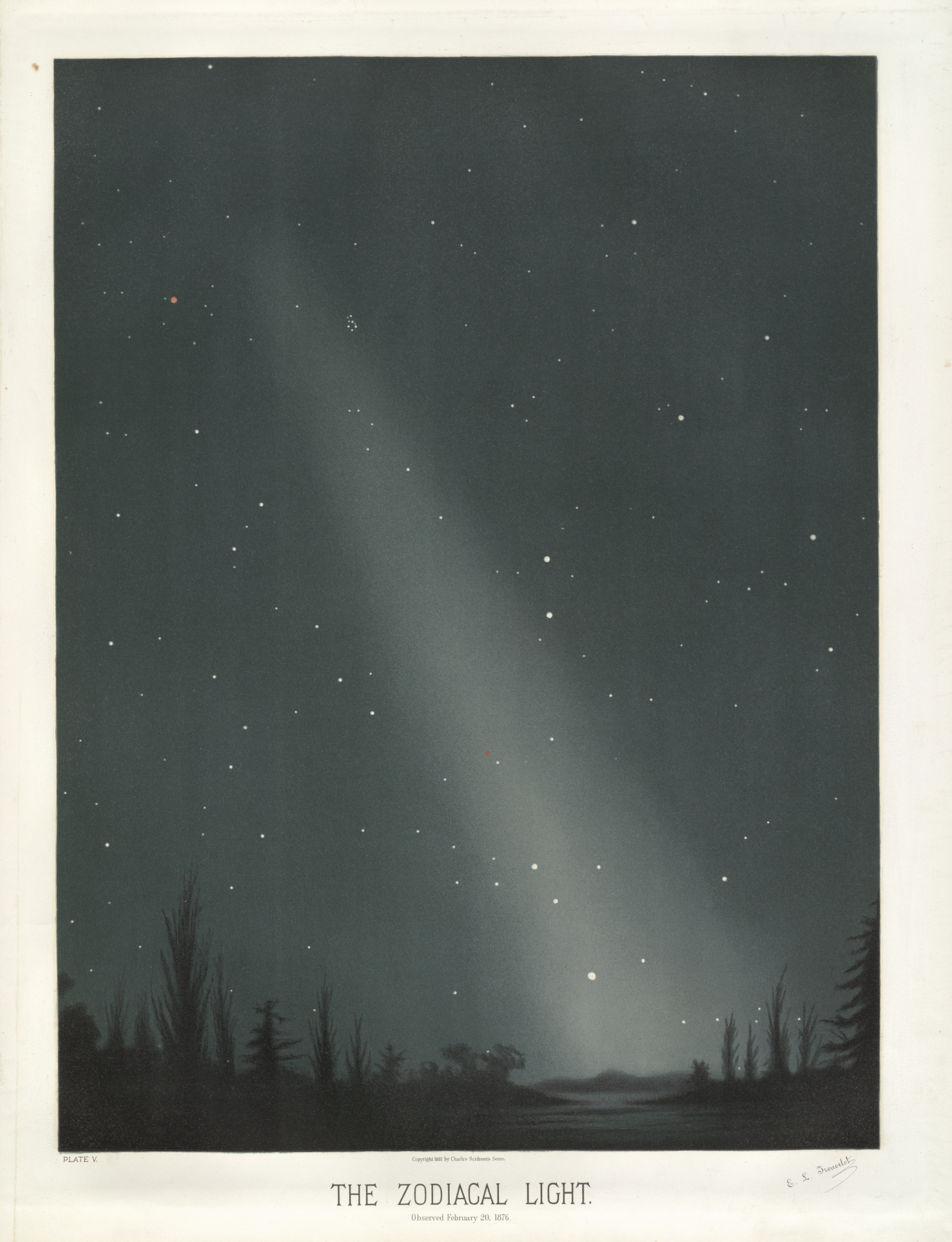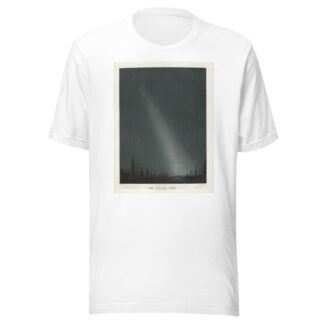Description
The zodiacal light by Étienne Léopold Trouvelot printed on a Sweatshirt
About the Sweatshirt
Regular fit
Standard length, the fabric easily gives into movement
Comfortable
The fabric and fit of this item are extra comfy
Tear-away tag
Easily removable tear-away tag that allows you to add a custom inside label
This Unisex Premium Sweatshirt has a classic crew neck, flattering unisex fit, and soft 100% cotton exterior.
- 100% cotton face
- 65% cotton, 35% polyester
- Charcoal Heather is 55% cotton, 45% polyester
- Fabric weight: 8.5 oz./yd.² (288.2 g/m²)
- Tightly knit 3-end fleece
- Side-seamed construction
- Self-fabric patch on the back
- Double-needle stitched rib collar, cuffs, and hem
- Tear-away label
Étienne Léopold Trouvelot (1827 – 1895)
Étienne Léopold Trouvelot was a French artist, astronomer and amateur entomologist. He is noted for the import and release of the spongy moth into North America. The spread of the moths as an invasive species has resulted in the destruction of millions of hardwood trees throughout the eastern United States.
Trouvelot was born at Aisne, France. During his early years he was apparently involved in politics and had republican leanings. Following a coup d’état by Louis-Napoleon Bonaparte in 1851, he fled with his family to the United States. They settled in the town of Medford, Massachusetts, a suburb of Boston, at the address of 27 Myrtle St. There he supported himself and his family as an artist and astronomer.
Trouvelot had an interest as an amateur entomologist. In the U.S., silk-producing moths were being killed off by various diseases. Trouvelot was very interested in Lepidoptera larvae including native North American silk moths which he believed could potentially be used for silk production. For reasons that remain unknown, Trouvelot brought some spongy moth egg masses from Europe in the mid-1860s and was raising spongy moth larvae in the forest behind his house. Unfortunately, some of the larvae escaped into the nearby woods. There are conflicting reports on the resulting actions. One states that despite issuing oral and written warnings of possible consequences, no officials were willing to assist in searching out and destroying the moths. The other notes that he was aware of the risk and there is no direct evidence that he contacted government officials.
Shortly following this incident, Trouvelot lost interest in entomology and turned again to astronomy. In this field he could put his skills as an artist to good use by illustrating his observations. His interest in astronomy was apparently aroused in 1870 when he witnessed several auroras.
When Joseph Winlock, the director of Harvard College Observatory, saw the quality of his illustrations, he invited Trouvelot to join the staff there in 1872. In 1875, he was invited to use the U. S. Naval Observatory to use the 26-inch refractor for a year. During the course of his life he produced about 7,000 quality astronomical illustrations. Fifteen of his most superb pastel illustrations were published by Charles Scribner’s Sons in 1881. He was particularly interested in the Sun, and discovered “veiled spots” in 1875. He was elected a fellow of the American Academy of Arts and Sciences in 1877.
Besides his illustrations, he published about 50 scientific papers.
By 1882, Trouvelot had returned to France and joined the Meudon Observatory where he worked with photography and became engaged in a bitter rivalry with his boss, the astronomer Jules Janssen. This was a few years before the magnitude of the problem caused by his spongy moth release became apparent to the local government of Massachusetts. He died in Meudon, France. The spongy moth was considered a serious pest and attempts were underway to eradicate it (ultimately these were unsuccessful). To this date, the spongy moth continues to expand its range in the United States, and together with other foliage-eating pests, cause an estimated $868 million in annual damages.






Reviews
There are no reviews yet.